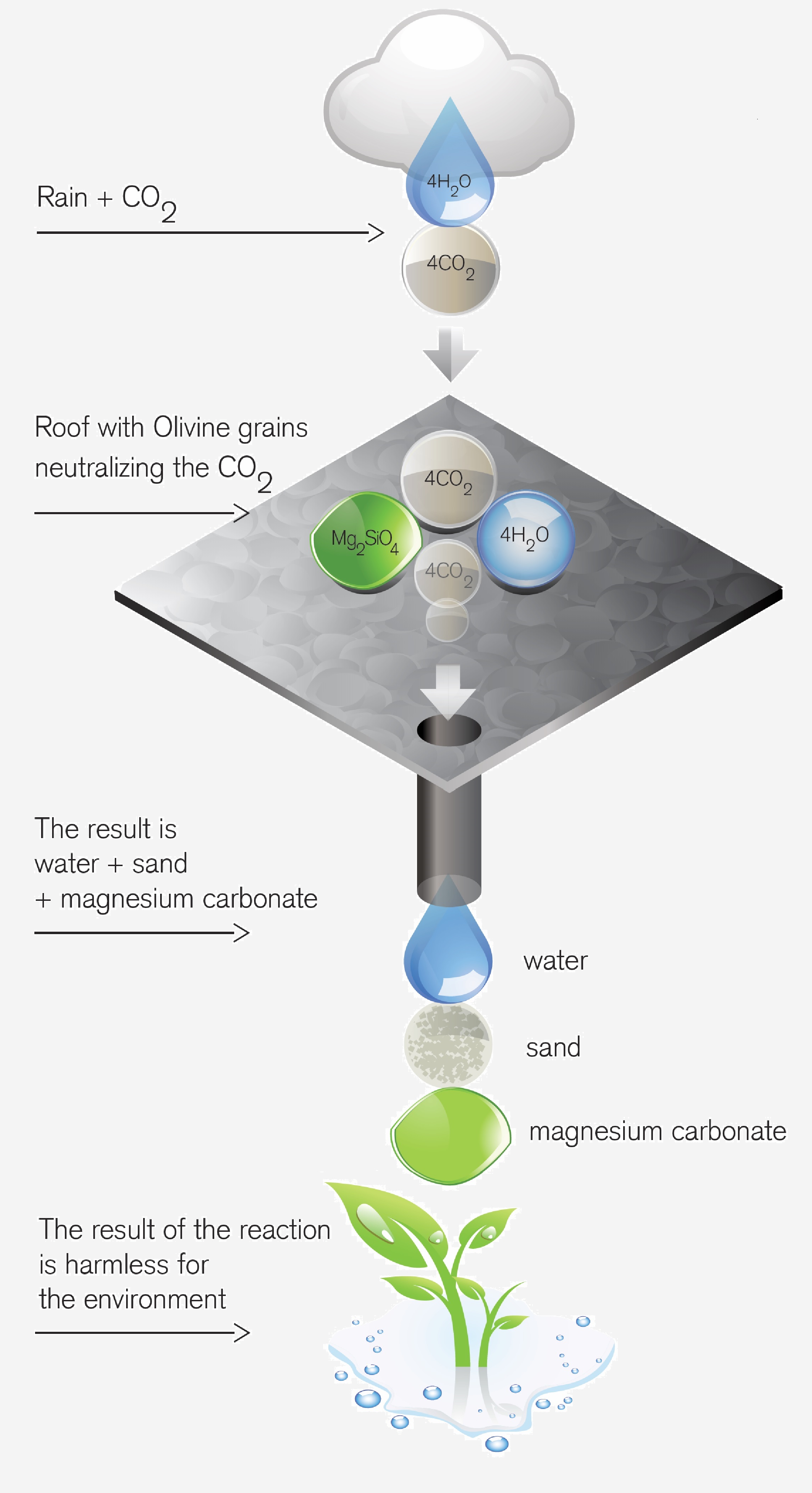Is your organisation doing enough to combat the ever growing threat of global warming?
M&J are actively promoting the advancements in waterproofing technology to assist in tackling the surge of CO2 emissions through a variety of methods entering the market and without the need for expensive and often hard to maintain traditional sedum green roofs. The latest creation looks into ‘carbon neutralising flat roofing systems’, a roof that allows a continual process of the conversion of CO2 into a harmless substance.
Carbon reduction is certainly one of the key performance indicators within the construction industry, and with these new systems M&J can offer a proactive approach to reducing our carbon footprint at the same costs as a traditional roofing system.

When it rains, the CO2 present in the atmosphere will come in contact with the membrane on the roof. On this contact, a chemical reaction will take place, neutralising the CO2. The residue is made up of silicon dioxide (sand) and magnesium carbonate, 2 products that are harmless to the environment.
1kg of carbon neutralising granulates, the substance that converts CO2 have the capacity to neutralise 1.25kg of CO2. The carbon neutralising granulates are made up of iron-magnesium silicate and is one of the most common minerals on earth.
Carbon Neutralising roofing systems are extremely durable and aesthetic. Such systems boast of a high quality waterproofing membrane, layered with carbon neutralising granulates but more importantly, they are 100% recyclable, reducing CO2 omissions in two distinctive functions. It is substantially quick and easy to apply with a life span greater than that of 40+ years.
Large international organisations are forced to take up new methods in order to reduce their yearly CO2 emissions otherwise they are penalised and fined if their waste exceeds their yearly CO2 quota.
Emissions trading is a market-based approach used to control pollution by providing economic incentives for achieving reductions in the emissions of pollutants. It is a growing trade as organisations are finding it increasingly difficult to continue to fall in the boundaries of their quotas.
Therefore a carbon neutralising roofing system will aid in allowing organisations to keep within the strict lines of CO2 waste, by providing a long-term, sustainable solution for converting their CO2 waste into a harmless and environmentally friendly element. Further, these systems are priced similarly to standard specification felt and single-ply systems, resulting in little to no cost complications if chosen.
